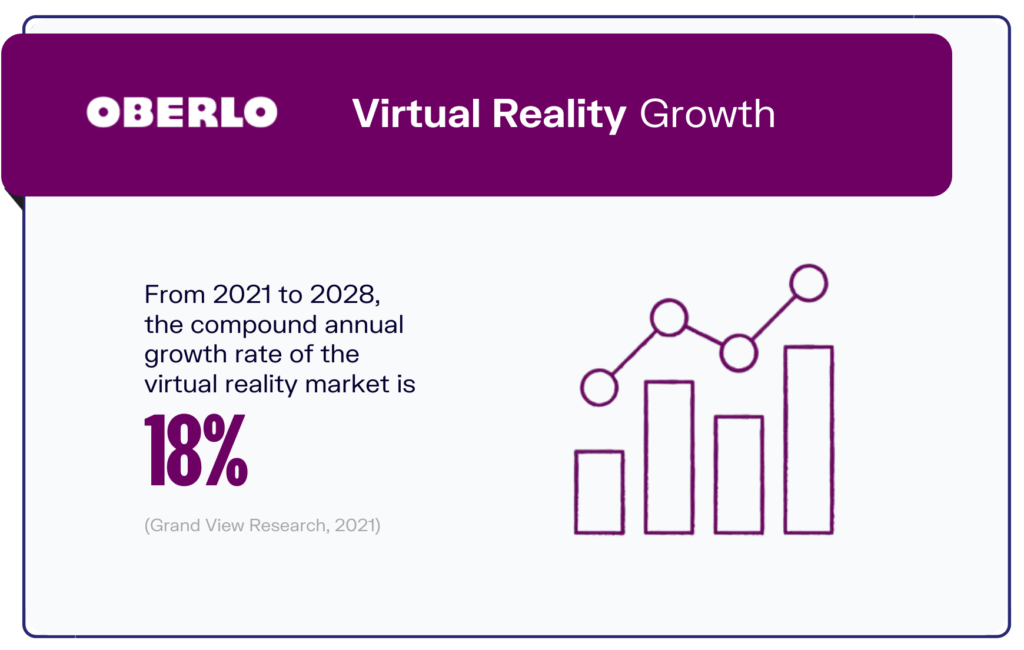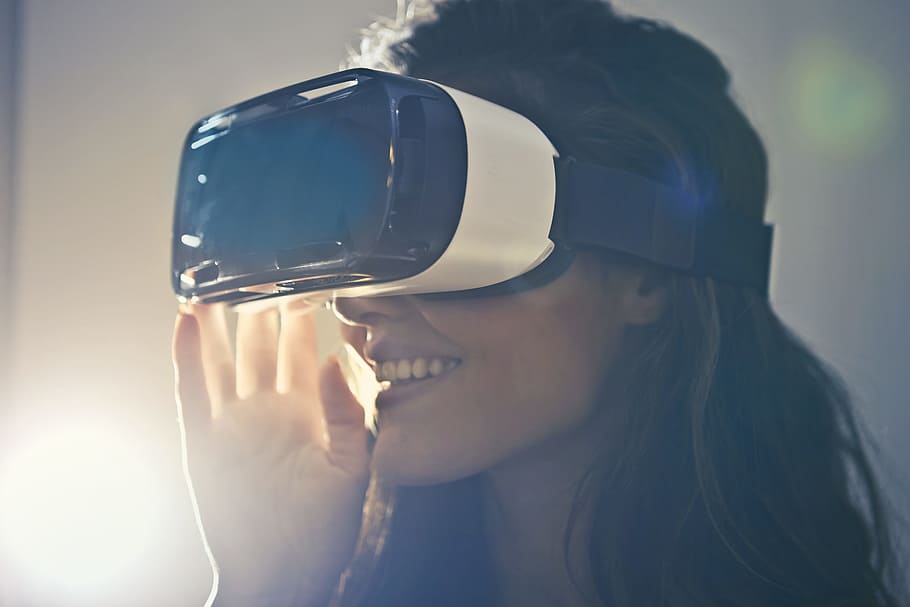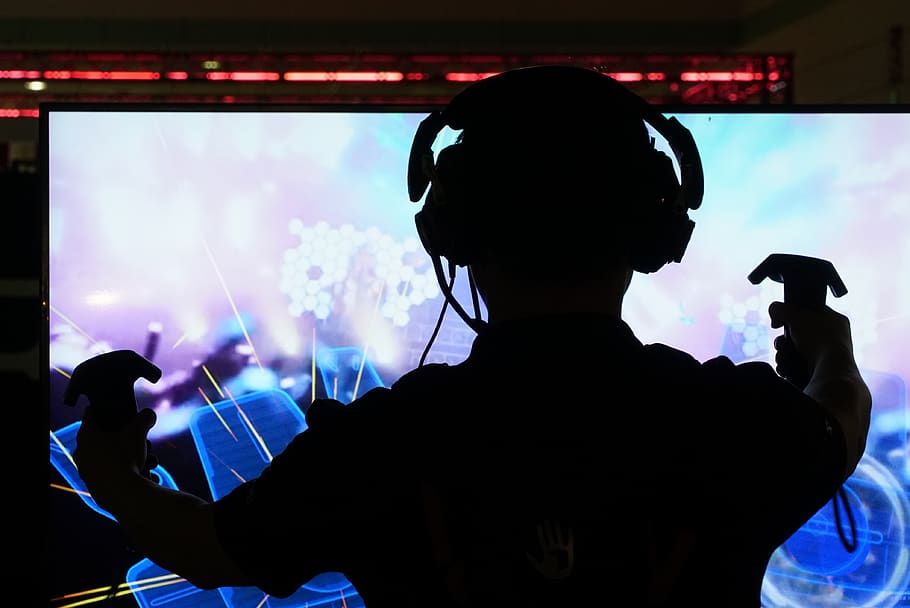Getting used to virtual reality (VR) can vary from person to person. Age, health, equipment quality, available space, and the type of VR content can impact the learning curve. However, following tips like starting slow, adjusting equipment, and taking breaks can help you get comfortable with VR faster and enjoy an immersive experience.
As someone who’s been playing around with VR for a while now, I can tell you firsthand that it’s an experience like no other. But with great power comes great responsibility… or something like that. In other words, as much as I love VR, it can also take some getting used to. So, how long does it take to get used to VR? Let’s find out together, shall we?
In this article, I’ll share my personal experience with VR and explain why it might take some time to adjust to this new reality. We’ll also discuss some tips and tricks to make your VR journey as smooth as possible. But don’t worry, I won’t get too technical or use any confusing jargon. So, grab your headset, and let’s get started!
The Growing Popularity of Virtual Reality (VR)

Virtual reality (VR) has been around for decades, but it’s only in recent years that it has exploded in popularity. From gaming and entertainment to education and healthcare, VR is being used in more and more industries to create immersive experiences. And let’s be real, who doesn’t love feeling like they’re in another world?
As someone who loves to explore new technologies, I was immediately drawn to VR. I mean, who wouldn’t want to put on a headset and transport themselves to another dimension? But as much as I wanted to love it right away, I quickly realized that VR can take some time to get used to.
The first time I tried VR, I was completely disoriented and dizzy within minutes. It wasn’t until I learned how to properly adjust my headset and move my body that I was able to fully enjoy the experience. But don’t worry, I’m here to share my knowledge with you so you can avoid some of the bumps in the road that I experienced.
So, why is VR so tricky to get used to? Let’s take a closer look at the learning curve of VR and what factors can affect the time it takes to feel comfortable in this new reality.
The Learning Curve of VR

The learning curve of VR can vary from person to person. Some people may take to it quickly, while others may struggle to adjust. But generally speaking, there are a few things that most people need to learn in order to get comfortable with VR.
First and foremost, you need to get used to wearing a headset. This can take some time, especially if you’ve never worn anything like it before. It can feel heavy and awkward at first, but with some practice, you’ll forget that it’s even there.
Next, you need to learn how to move in VR. This can be especially tricky if you’re used to playing games with a controller. In VR, you need to move your entire body to navigate through the virtual world. This can be a bit disorienting at first, but with some practice, you’ll get the hang of it.
Another important factor to consider is motion sickness. VR can cause motion sickness in some people, especially if they’re prone to it. Motion sickness occurs when your brain receives conflicting signals from your eyes and inner ear. To combat this, it’s important to take breaks when you start feeling dizzy or nauseous. You can also try using a fan to create a breeze or ginger to settle your stomach.
Lastly, you need to learn how to interact with the virtual world. This can involve using hand controllers or other input devices to pick up objects, press buttons, and manipulate the environment. This can take some practice, but it’s an essential part of the VR experience.
Overall, the learning curve of VR can be steep, but with some patience and practice, anyone can get used to it. It’s important to remember that everyone is different and may take different amounts of time to adjust to VR. So, don’t get discouraged if it takes you longer than you expected to feel comfortable in this new reality.
Factors Affecting the Time to Get Used to VR

There are several factors that can affect the time it takes to get used to VR. These include physical factors, such as age and health, as well as environmental factors, such as the quality of your VR equipment and the space you have available to move around in.
Age and health are important factors to consider when it comes to VR. Older people and those with certain health conditions may have a harder time adjusting to VR. This is because the brain’s ability to adapt to new environments and stimuli decreases with age and certain health conditions can make it more difficult to process sensory information.
The quality of your VR equipment can also affect how quickly you get used to VR. Higher-quality equipment generally has better tracking, which can make it easier to move around in the virtual world. It can also provide a more immersive experience, which can help you feel more comfortable in VR.
The amount of space you have available to move around in can also impact your VR experience. If you’re playing in a cramped space, you may feel more disoriented and uncomfortable than if you have plenty of room to move around. This is because having more space can make it easier to navigate through the virtual world and avoid obstacles.
Lastly, the type of VR content you’re experiencing can affect how quickly you get used to VR. Some experiences may be more intense or disorienting than others, which can make it harder to adjust. It’s important to start with simpler experiences and gradually work your way up to more complex ones as you get more comfortable with VR.
Overall, there are many factors that can affect the time it takes to get used to VR. It’s important to be patient and give yourself time to adjust to this new reality. With practice and perseverance, anyone can become comfortable in VR.
Tips for Getting Comfortable with VR Faster

Now that we’ve talked about the factors that can affect the time it takes to get used to VR, let’s discuss some tips for getting comfortable with VR faster.
- Start Slow: One of the most important things you can do when getting started with VR is to take it slow. Start with simple experiences and gradually work your way up to more complex ones as you become more comfortable with VR. This can help you avoid feeling overwhelmed or disoriented.
- Adjust Your Equipment: Make sure your VR equipment is properly adjusted to fit your head and body. This can help reduce discomfort and make it easier to move around in the virtual world. Take the time to adjust the straps, lenses, and any other settings until you find the right fit for you.
- Use Comfortable Clothing: Wear comfortable clothing when using VR. Tight or restrictive clothing can make it harder to move around and can contribute to feelings of discomfort or disorientation.
- Take Breaks: It’s important to take breaks when using VR, especially if you start feeling dizzy or nauseous. Take a few minutes to rest and relax before jumping back into the virtual world.
- Use Fan or AC: Using a fan or turning on the AC can help create a breeze and reduce feelings of motion sickness. This can be especially helpful if you’re prone to motion sickness or if you’re playing in a warm environment.
- Move Slowly: Move slowly and carefully when navigating through the virtual world. This can help reduce feelings of disorientation and make it easier to avoid obstacles.
- Stay Hydrated: Make sure to drink plenty of water when using VR. Dehydration can contribute to feelings of discomfort and can make it harder to concentrate on the virtual world.
By following these tips, you can get comfortable with VR faster and enjoy a more immersive experience. Remember, it’s important to be patient and take your time when getting started with VR. With practice and perseverance, anyone can become a VR pro in no time!
Conclusion: VR as a New Reality
In conclusion, virtual reality (VR) is a new reality that can be both exciting and challenging to get used to. The learning curve of VR can vary from person to person, but with practice and patience, anyone can become comfortable in this new reality.
Factors such as age, health, equipment quality, available space, and the type of VR content can all affect the time it takes to get used to VR. However, by following tips such as starting slow, adjusting your equipment, using comfortable clothing, taking breaks, moving slowly, using a fan or AC, and staying hydrated, you can get comfortable with VR faster and enjoy a more immersive experience.
As VR continues to grow in popularity and be used in more industries, it’s important to keep in mind that it’s a new and ever-evolving technology. It’s okay to take your time and go at your own pace when getting started with VR. With so many possibilities and experiences to explore, VR truly is a new reality that’s just waiting to be discovered. So, put on your headset and get ready to embark on an adventure like no other!




